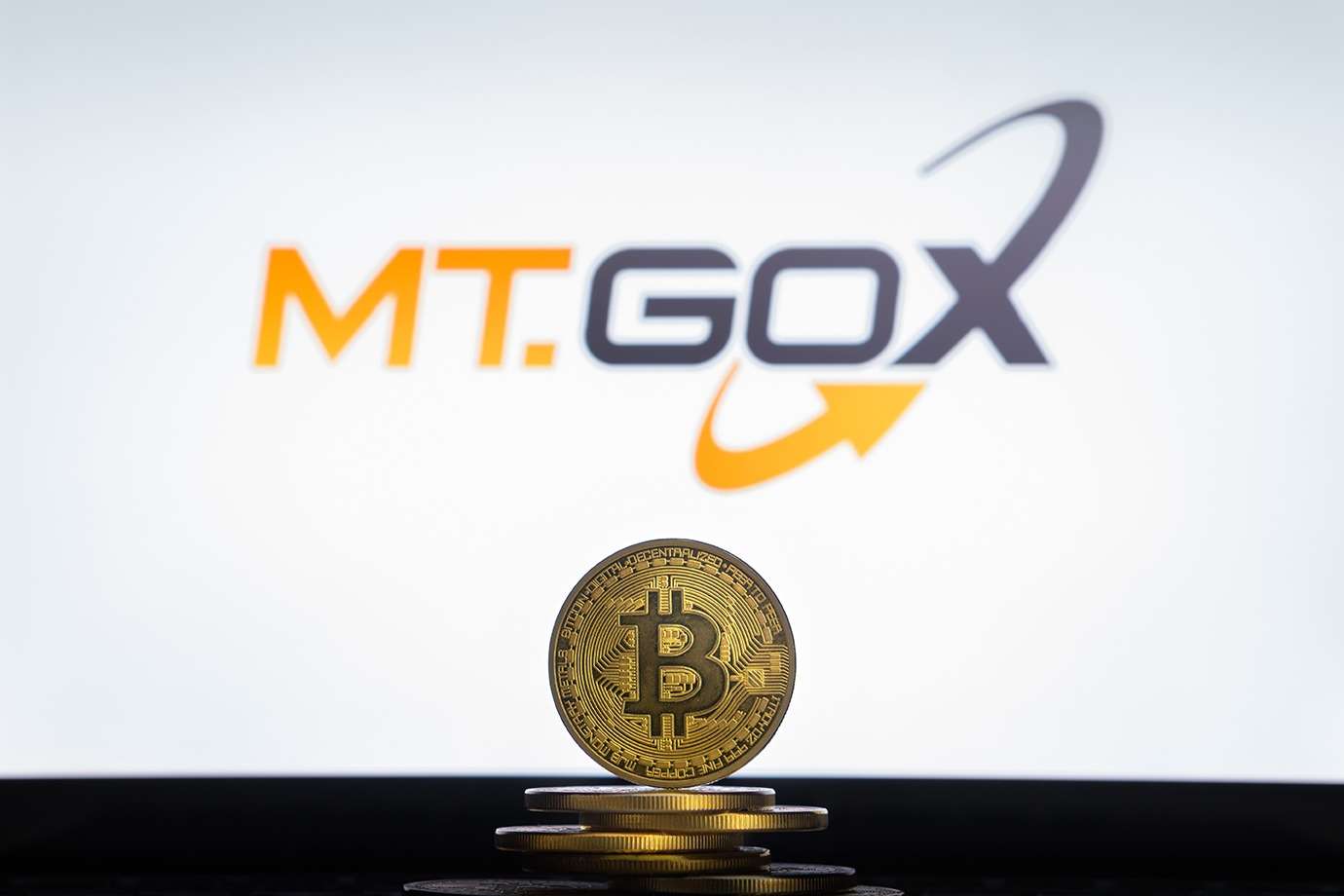If you’ve spent time in crypto, you’ve probably encountered the persistent debate: Solana or Ethereum?
Ethereum is the original smart contract platform, serving as the base for DeFi, NFTs, and everything related to Web3. Nonetheless, it can also be expensive, sluggish, and sometimes very exasperating to utilise during peak traffic.
Then there’s Solana—fast, cheap, and built to scale. It’s Ethereum’s younger, flashier cousin that’s here to disrupt. So, does that make Solana the future? Or is Ethereum too big to fail?
Ethereum: The OG with a Few Issues
Ethereum is the reason smart contracts exist. Launched in 2015, it gave developers the tools to build decentralized apps, revolutionising finance, gaming, and art through Blockchain.
But there’s a problem…
Ethereum transactions are slow (think 15 transactions per second slow) and expensive (gas fees that can cost more than the transaction itself). You know the struggle if you’ve ever tried to buy an NFT at peak hours.
Ethereum’s developers are fixing it with upgrades like Ethereum 2.0, which moves from proof-of-work to proof-of-stake, making transactions faster and cheaper. But progress has been slow, and while Ethereum works on getting better, Solana is already here.
Solana: Fast, Cheap, and Built for the Future
Solana debuted in 2020 with the promise of fixing everything wrong with Ethereum. It has a 65,000 transactions-per-second capacity (Ethereum’s is 15), and the transaction cost is a fraction of a cent.
Instead of using Ethereum’s traditional methods, Solana uses a system called Proof-of-History (PoH), which essentially timestamps transactions before they are processed to make processes efficient and quick.
This is a dream for developers: a blockchain that scales without costing users an arm and a leg. No wonder so many new projects are being built on Solana.
So, Why Hasn’t Solana Taken Over?
With all these advantages, you’d think Solana would be the clear winner. But Ethereum still has some significant strengths:
- – Developers trust it: Ethereum has been around for almost ten years. It has the most significant community, developers, and money locked into its ecosystem.
- – It’s battle-tested: Ethereum has survived massive hacks, regulatory scrutiny and market crashes. Solana? Not so much.
- – Solana has had outages: Unlike Ethereum, which runs 24/7, Solana has had multiple network crashes, sometimes taking hours to fix. This is not great if you’re running a financial app that constantly needs to be online.
Decentralization: The Deal breaker?
One of Ethereum’s most significant selling points is decentralization. With over 600,000 validators securing the network, it’s nearly impossible for any single entity to control it.
Solana? Not so much. With around 2,000 validators, it’s way more centralised, meaning fewer people have control over the network. For some, that’s a deal breaker—it raises concerns about security and censorship.
Competition or Coexistence?
So, will Solana replace Ethereum? Probably not. But does that mean Ethereum wins? Also no. Instead of one Blockchain ruling them all, we’re likely heading toward a multi-chain future.
Ethereum will continue to dominate DeFi, high-value transactions, and established dApps. On the other hand, Solana will power things that need speed—think Blockchain gaming, high-frequency trading, and apps where low fees matter.
Both Blockchains are here to stay. The real question is: Which one will you bet on?
Image Source: Adobe Stock
Disclaimer: This article is purely for informational purposes. It is not offered or intended to be used for legal, tax, investment or financial advice.












